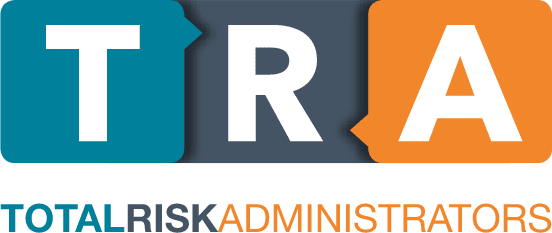Meet John and Joe.
Brothers who are often mistaken for twins, John and Joe, are two peas in a pod. Both are young, single professionals. However, these siblings have two opposite outlooks.
John lives life to its fullest, and his motto is “Live fast, die young.” Joe, on the other hand, has a more conservative outlook, and his motto is “You can never be too careful.”
While both have excellent medical aids, Joe has opted for Gap Cover, too.
Why should John take a leaf out of Joe’s book?
How Does Gap Cover Protect Joe?
In South Africa, medical aid is essential. Medical aid schemes use a predetermined set of tariffs or rates as a guide for what they will pay. These tariffs list suggested prices for each item charged by the medical profession.
However, many surgeons, anaesthetists, doctors, etc., consider their care specialised and may charge more than the listed prices. This can result in a shortfall between what is being charged and what your medical aid is willing to pay.
This shortfall is where gap cover comes in to enhance your medical aid and how Joe is being extra careful with his financial safety.
How Does Gap Cover Enhance Your Medical Aid?
Let us look at John and Joe again.
If they were both admitted into the hospital, their medical aids would pay for their in-hospital medical costs.
However, the bills that arrive after their discharge—from the medical specialists who charge more than what the medical aid paid—would be a shock for John, but Joe’s Gap Cover probably covers the shortfall.
Find out more about our excellent gap cover products here.
Gap Cover is not an additional medical aid or a substitute for medical aid. It is short-term insurance to cover you in cases where you have a gap in your medical costs. Your medical aid needs to pay their portion first.













